Our brains have a way of playing tricks with our perception. Often, we would come across optical illusions that would be confusing for our minds- as we will not be able to comprehend the depth of the picture. And this is simply due to the medulla oblongata, which can’t understand depth accurately. Nevertheless, all of it can be explained through science, and if explained once, our brain will be adapting that information into processing the image in our brains. And once that is done, we will be able to comprehend the depth of an object better. In fact, our perception of a particular image will change with more information.
So, Let’s Check Out 17 Ways Through Which Our Brains Mess With Perception
1. Do we change our perception even in the face of true information?
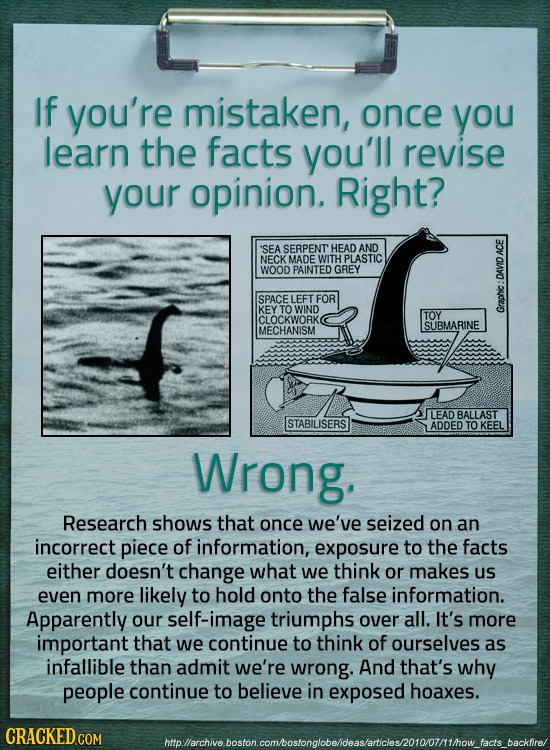
Sometimes, we don’t. According to research, it has been proven that once we hold onto a bit of misinformation, it takes a lot of time and conviction to change that.
2. Will You Identify This Fake Hand As Real?
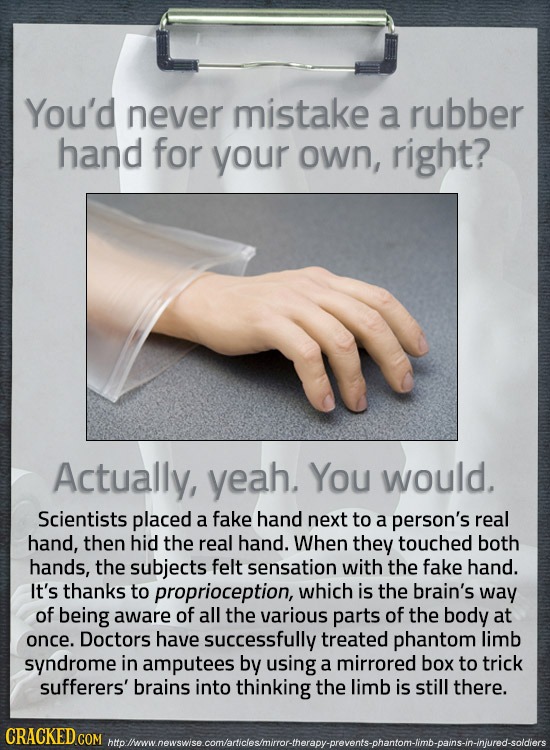
Apparently, our brains have something called proprioception, which means that it is completely aware of every part of our body. So if we touch something that is not a part of the human body, we will automatically perceive it to be fake. The perception of a different sensation emanates from the fake hand.
3. Color can sometimes make you think something is hotter than it really is
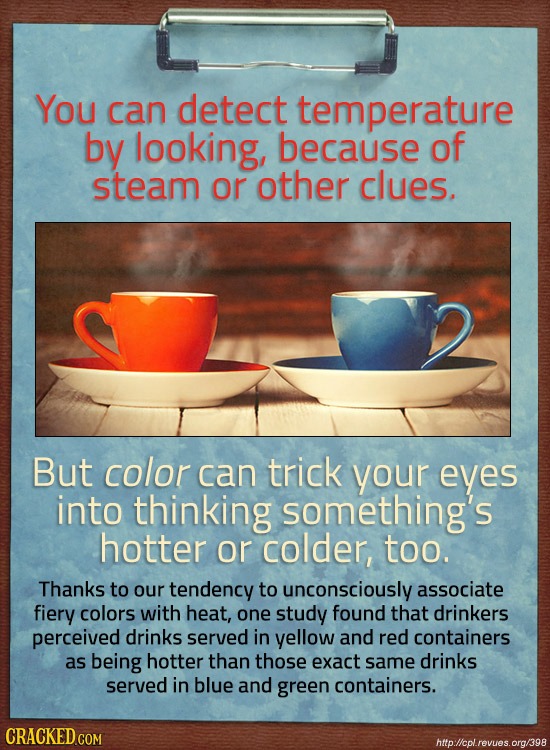
Humans are quite used to associating colors like red, or magenta with things that are fiery in nature. So if we see tea in a cup that is red in color, our mind tends to associate the tea with heat. Even if the tea is cold, we would still construe it as hot.
4. Does The Moon Get Bigger When It Is Near The Horizon?
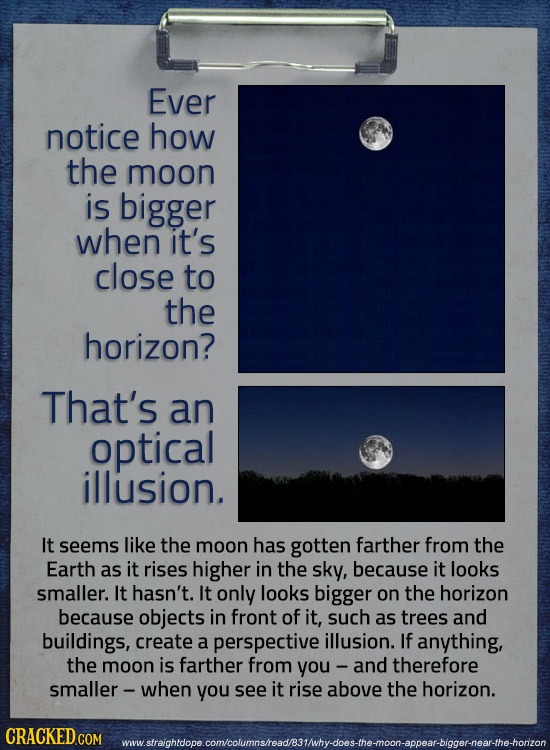
We tend to think that the Moon is quite larger when it is close to the horizon than when it is high up in the sky. In reality, it is larger when it is up in the sky- because it is closer to us. The perception that we receive from trees and buildings before us make us believe that the Moon is larger.
Read: Another boat is spotted ‘floating in mid-air’ off Britain
5. Deja Vu?
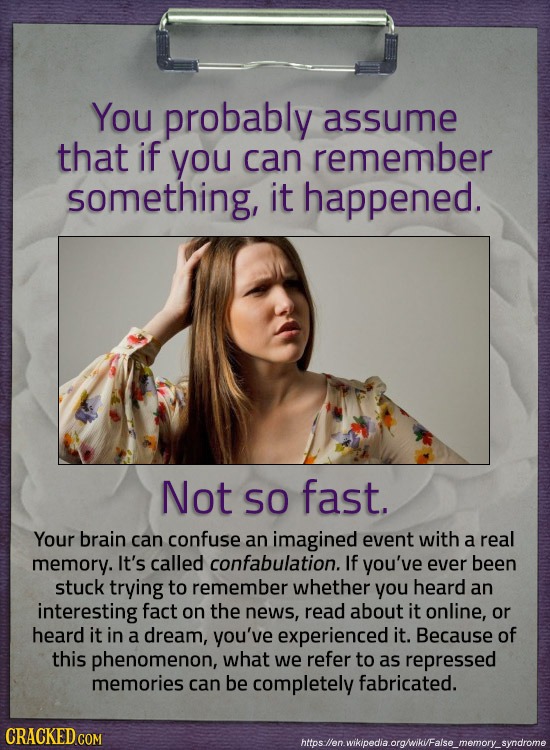
Sometimes you might think about an event that you believe you were a part of. But that might not be the case- because your mind is constantly getting information from things around you. So what you are experiencing is confabulation.
6. Are The Two Tables Really Similar In Size?
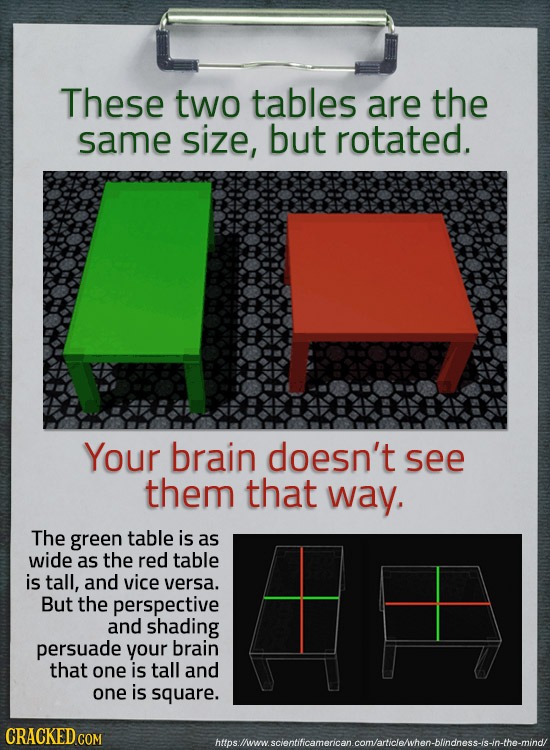
Yes. The red table is absolutely as tall as the green table is wide. It is due to the shading and the perspective around it, that our brain thinks one of them is taller than the other.
7. Was Your Childhood Really As Happy As You Imagine It To Be?

Not necessarily. They are simply experiencing the positivity effect. This perception makes us believe that even when the days were awful, they still evoke only happy memories.
8. Facts Not Feelings

And yet, we still consider things to be a certain way just because we have heard it multiple times on end. Some people still consider Barack Obama to be Muslim- even when he isn’t.
9. Maybe Failures Aren’t The Stepping Stones To Success
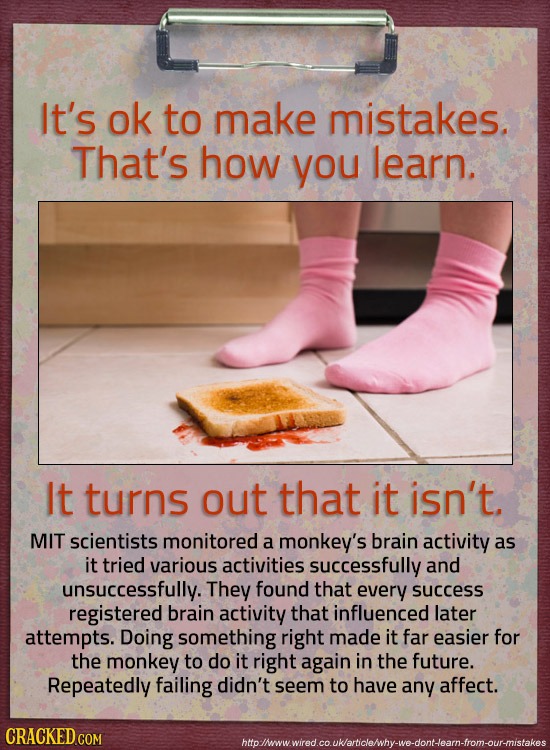
It was discovered that if a monkey successfully completed a task, there were higher chances of the monkey repeating the event. In fact, there was no correlation between the monkey making a mistake and then learning from it.
10. Heads or Tails?
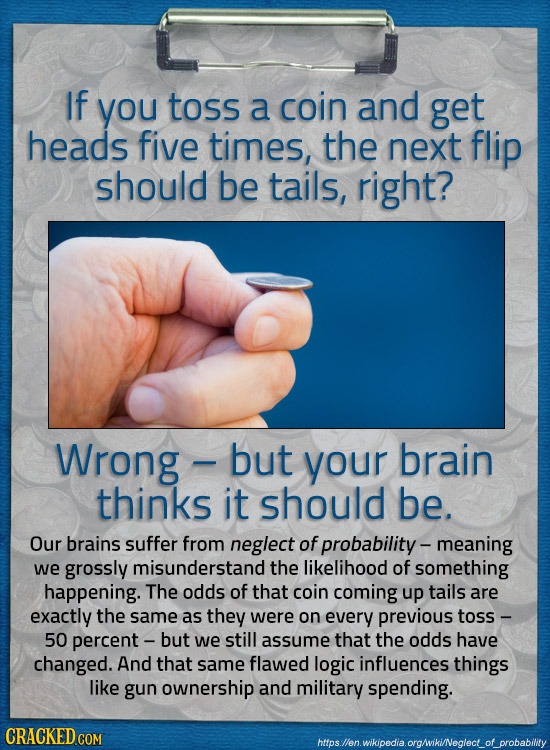
There is no one on Earth who can correctly predict the result of a coin toss. You can practice it a thousand times, and yet you will still be wrong. This is because our brain experiences neglect of probability.
Read: Can You Tell If This Hat Is Green Or Brown?
11. How We See Food Also Defines How We Taste It
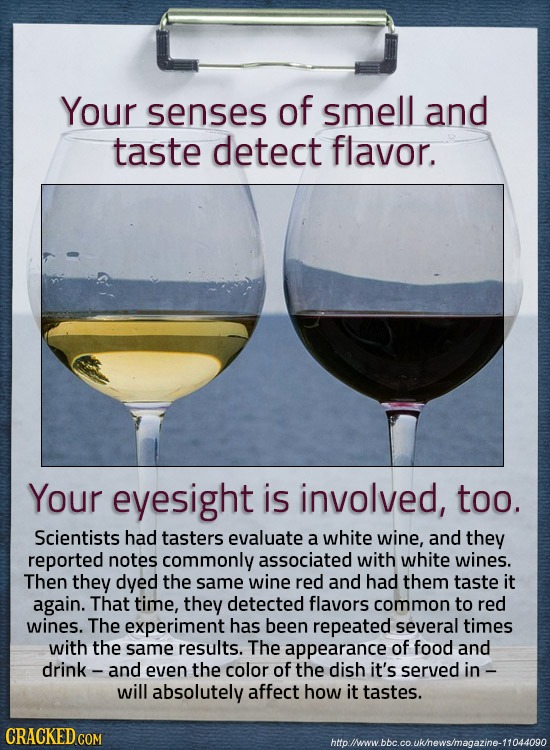
The flavor of a food is not only determined by the taste and the smell, it is also determined by the sight of it. The appearance of the item can sometimes accentuate its taste- because our sight will correlate a particular food item to a particular emotion.
12. Monkey See, Monkey Do
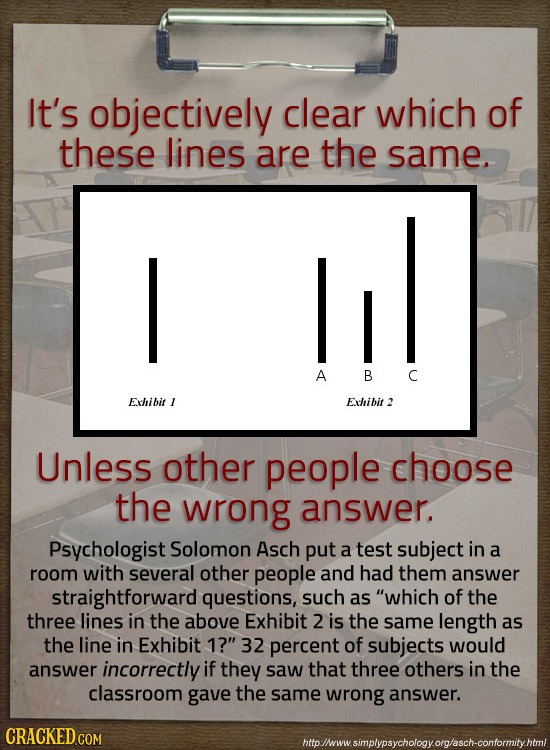
When we see people before us making the same mistake- there is a possibility that we will be repeating the mistake again. Even if we know the answer, we would still make the mistake.
13. A Grotesque Obama
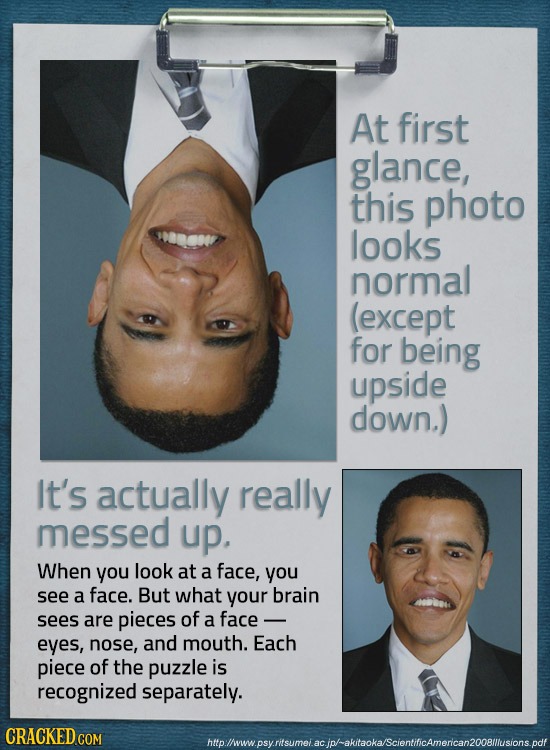
The picture is not just upside down- it is also messed up. But since we are looking at it from an inverted perspective, our perception makes us believe that the picture is perfectly fine.
14. Checkered Colors
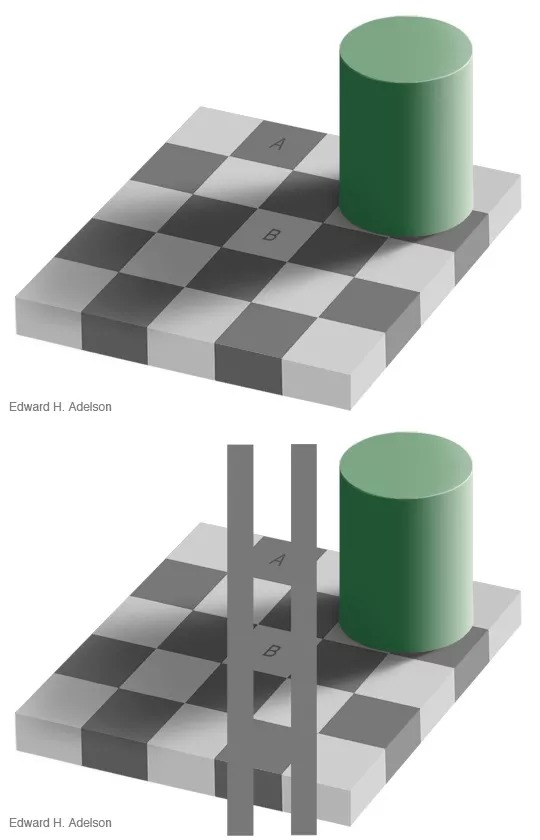
We think tile A is darker than tile B, but that is not the case. As it turns out, both are exactly the same in color. Since tile B is cast in shadow, we interpret it as being darker than tile A, which is in itself a dark tile. In reality, the shadow renders tile B similarly as dark as tile A.
Edward Adelson, who has researched checkered shadow illusions, uses the same principle to understand gradience. He states, “When attempting to determine the color of a surface, our brains know that shadows are misleading and that they make surfaces look darker than they normally are. We compensate by interpreting shadowy surfaces as being lighter than they technically appear to the eye.”
15. Gradience

The bar looks like the colors are getting lighter at the end. But that is actually just a trick of the mind. This is because our brain’s perception is that colors on either side of the bar are different in contrast. But if you actually covered the bar, you would find the color to be the same shade.
16. Predicting The Future
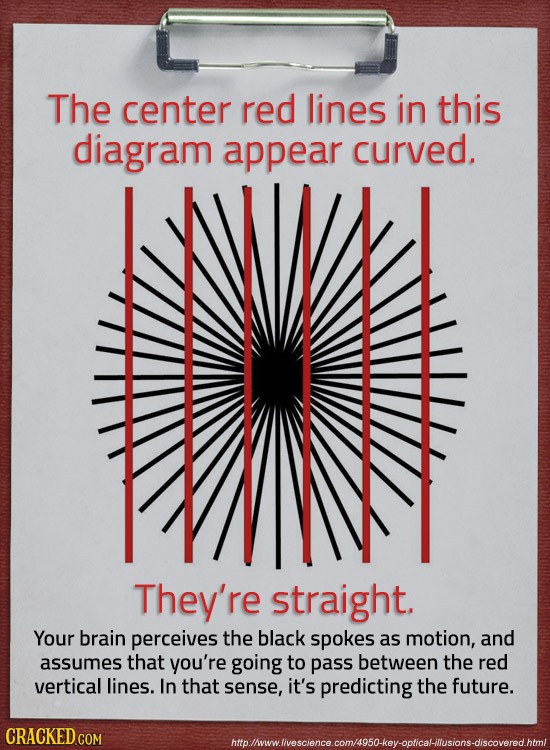
The Hering illusion makes us believe that the parallel lines are, in fact, curved. This is because our brain has the ability to manufacture an image one-tenths before it actually happens.
17. Illusory Motion
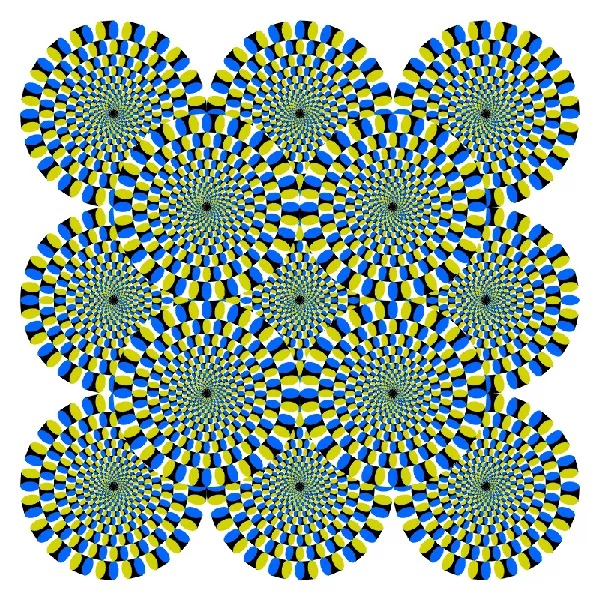
The reasoning is simple- our eyes aren’t fixed. They move from particle to particle. And with the non-steady movement, anything static appears to be in motion.
So, we can see that our brain has its own perception when it comes to external things. Tell us if there are illusions that trick your brain as well.
Keep Reading: People Can’t Quite Figure Out How Many Girls Are In This Optical Illusion
Sources
- “20 Ways Your Perception Gets Screwed Up By Your Brain.” Cracked. AM Smiley. January 7, 2017
- “The Most Amazing Optical Illusions (and How They Work).” Live Science. Natalie Wolchover. February 1, 2022

